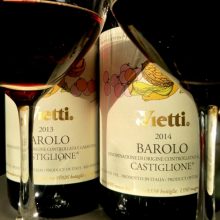
Product information
Vietti Barolo Castiglione Twin Pack 2013 + 2014
$260
Description
The wines in the glass tell a fascinating story. A few weeks ago I put these wines side by side. The results for me, mirrored the same tasting I did with the Vietti’s 2013 & 2014 Perbacco.
Two things you should know:
1. The Castiglione is built on a core of Ravera fruit!
2. It is made exactly the same was as the Cru’s and only separated for final blending.
Vietti have nailed both the 2013 and 2014
The 2013 Castiglione was a bit of an outlier, it’s easy to be seduced by the power and opulence that resulted. Bold, rich, a big chunk of tannin in the mid-palate, great depth and length, a powerful Castiglione
The 2014 Castiglione. Concerns were raised over 2014, a cooler year with patches of hail scaring away buyers who have already loaded their cellars with 2013’s. The proof my friend is in the glass. Play the wine not the vintage!
The 2014 is my preferred wine at the moment, so sophisticated elegant, such lovely line and length of fine tannins tannin. A beautiful purity of vibrant fruit and balance. A smidge less alcohol and a smidge more perceived acid than the 2013.
If you want to try a classic Barolo from Vietti rip the lid of a 2014.
Time will be the ultimate decider. Grab a mixed six pack and try the two vintages, today, in 3 years and in 5 years.
Out of stock




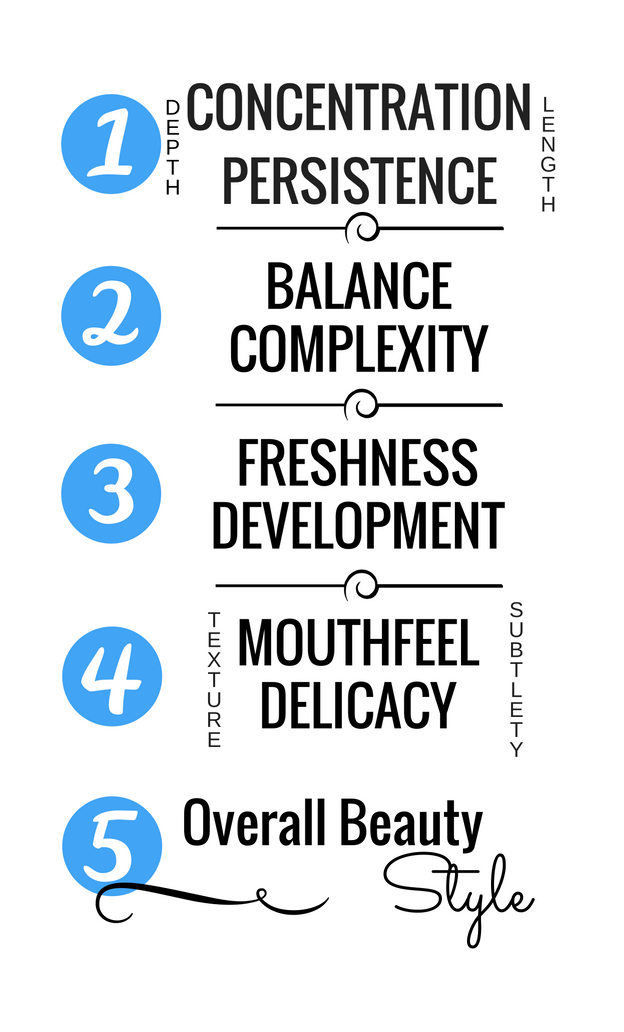
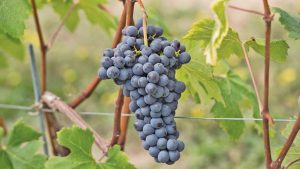 Nebbiolo, pronounced NEH-bee-oh-low, is such a unique variety. The name is derived from the Italian word Nebbia meaning fog. To theories for the name exist. The first that it refers to the fog that the vineyards of the Langhe are often immersed in. Second that the natural bloom that covers the grapes gives them a foggy appearance. Given the latter applies to most red grapes I prefer the former! There are 4 main clones of which Nebbiolo Lampia dominates over Nebbiolo Michet, Rosé (now proven to be a different variety), and, Bolla.
Nebbiolo, pronounced NEH-bee-oh-low, is such a unique variety. The name is derived from the Italian word Nebbia meaning fog. To theories for the name exist. The first that it refers to the fog that the vineyards of the Langhe are often immersed in. Second that the natural bloom that covers the grapes gives them a foggy appearance. Given the latter applies to most red grapes I prefer the former! There are 4 main clones of which Nebbiolo Lampia dominates over Nebbiolo Michet, Rosé (now proven to be a different variety), and, Bolla.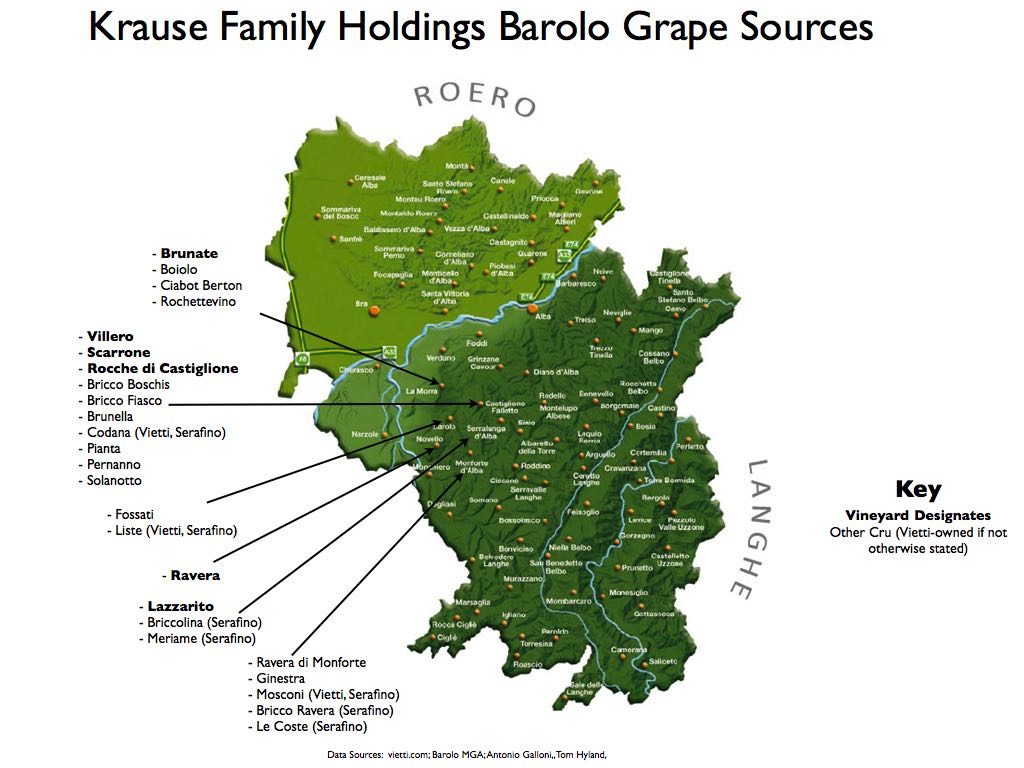



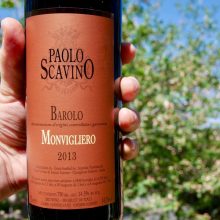
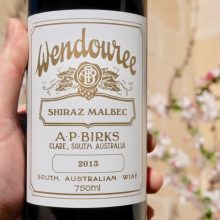
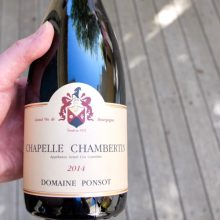
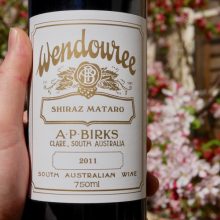
You must be logged in to post a comment.